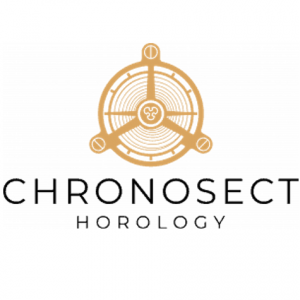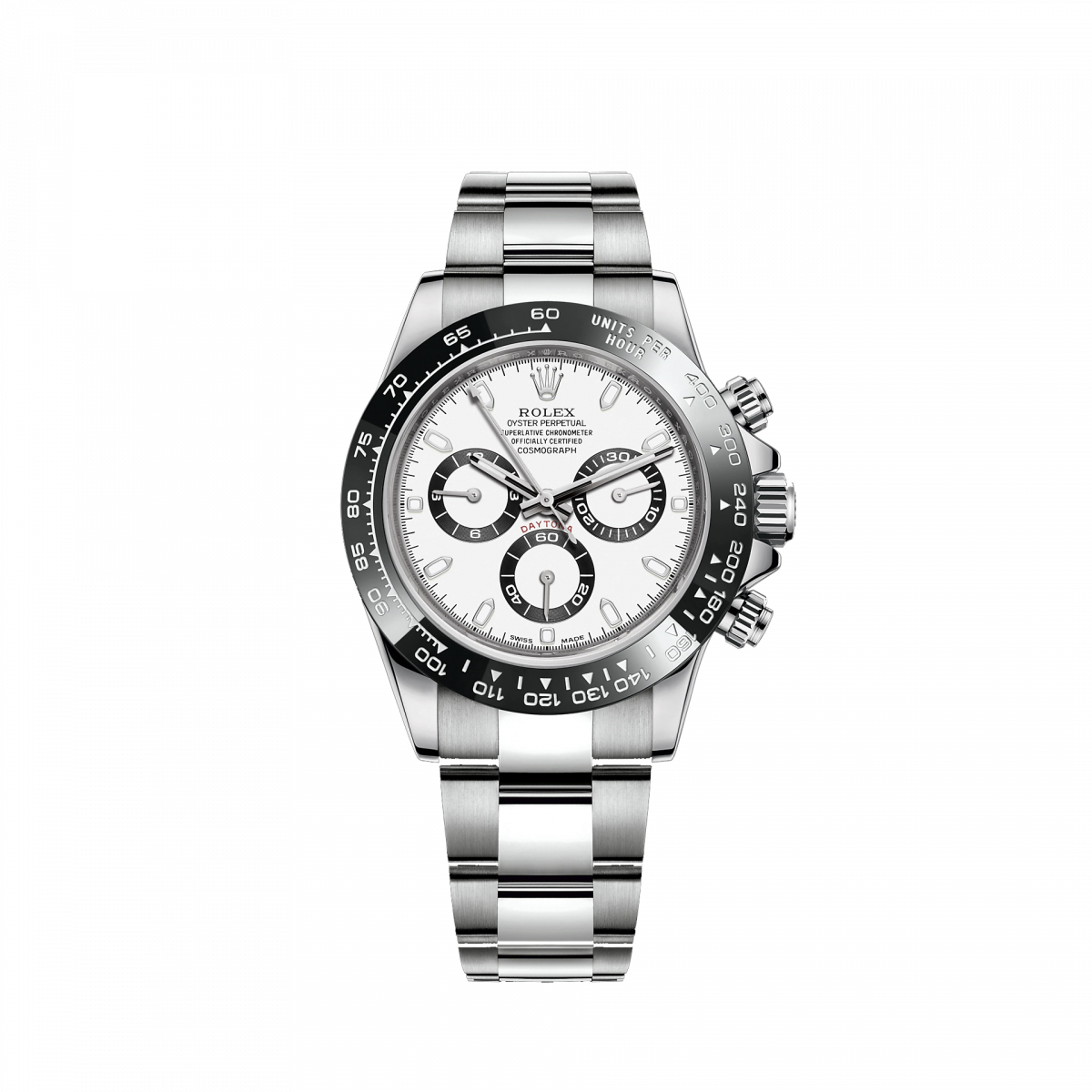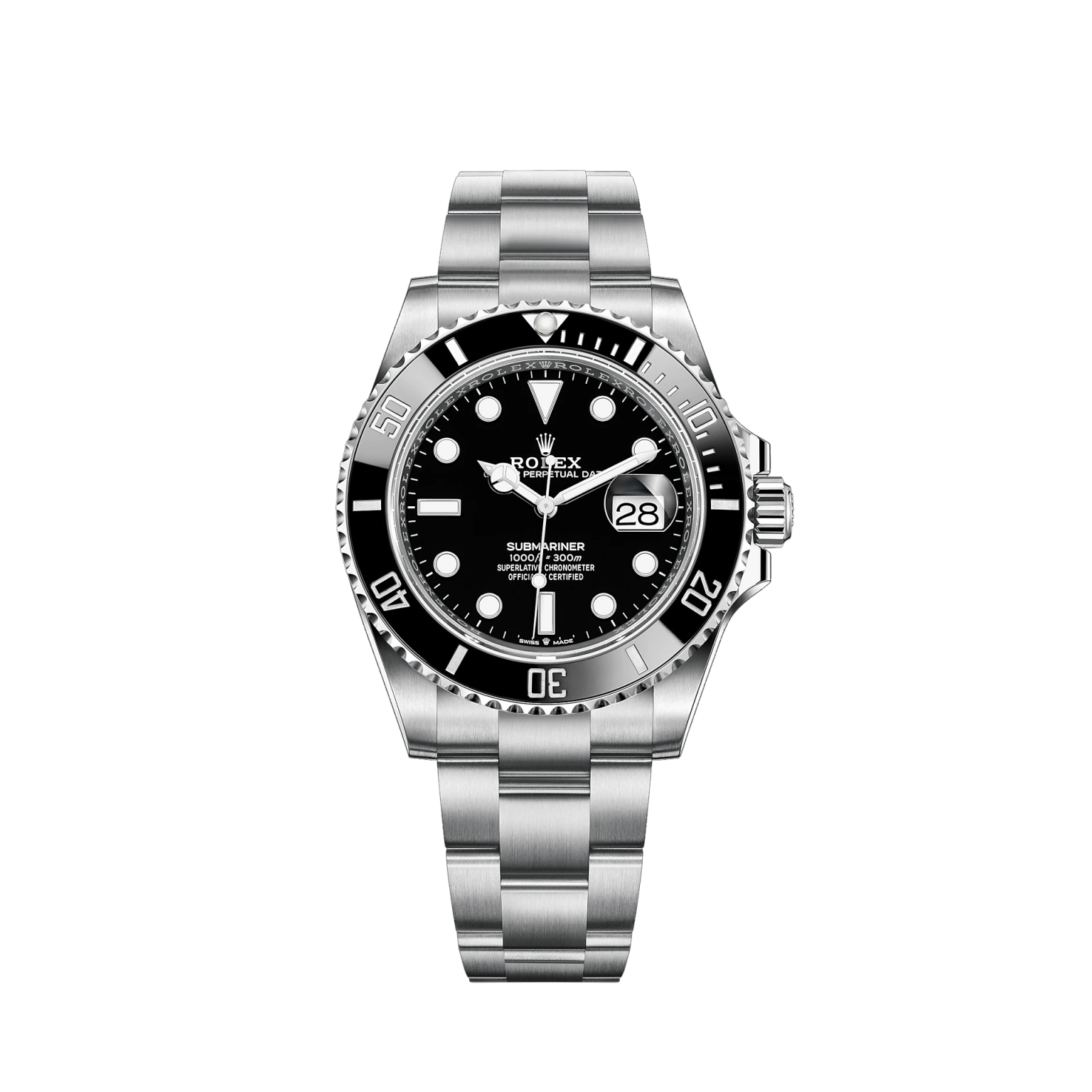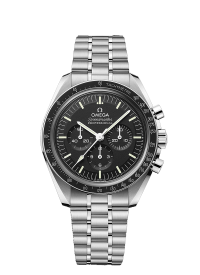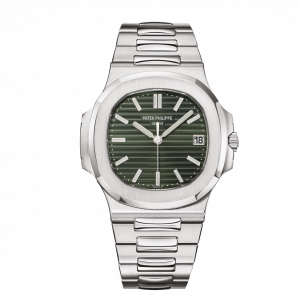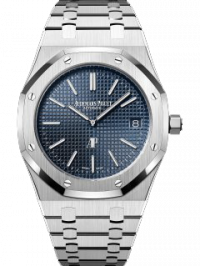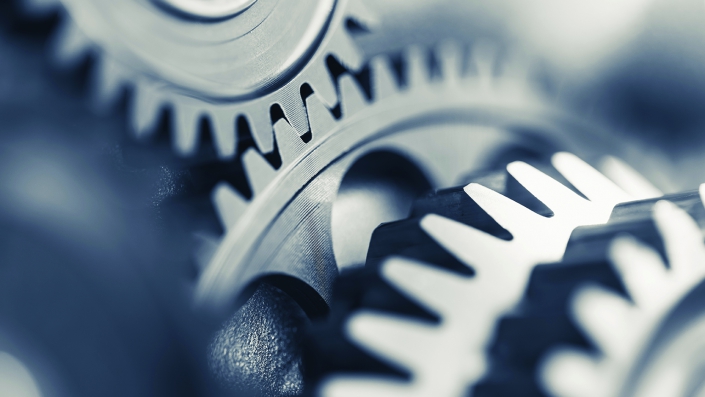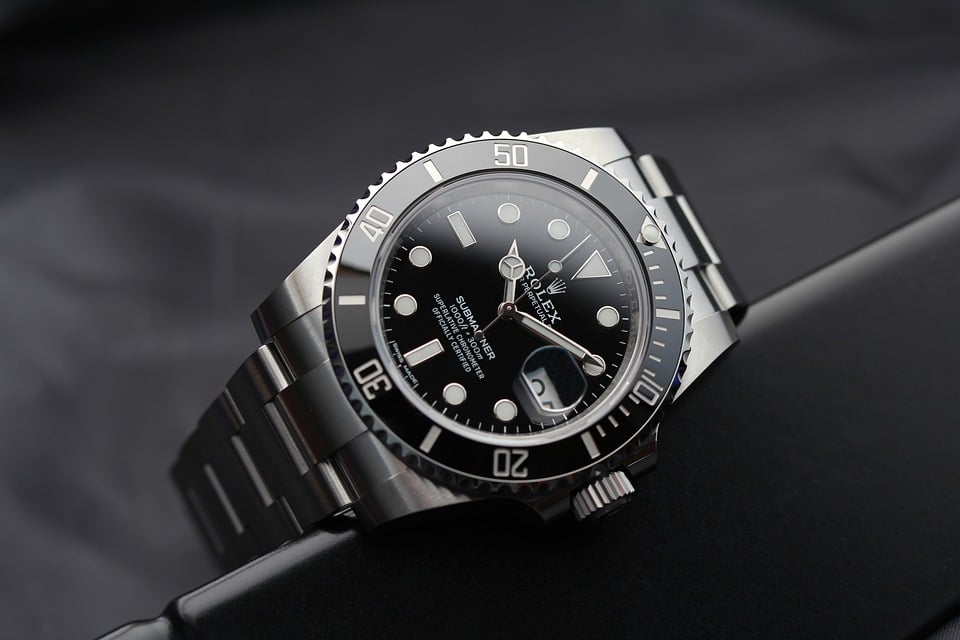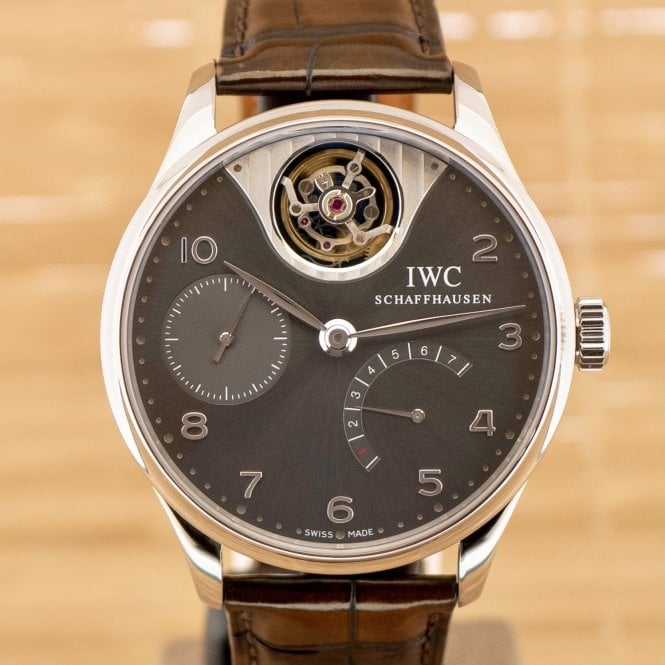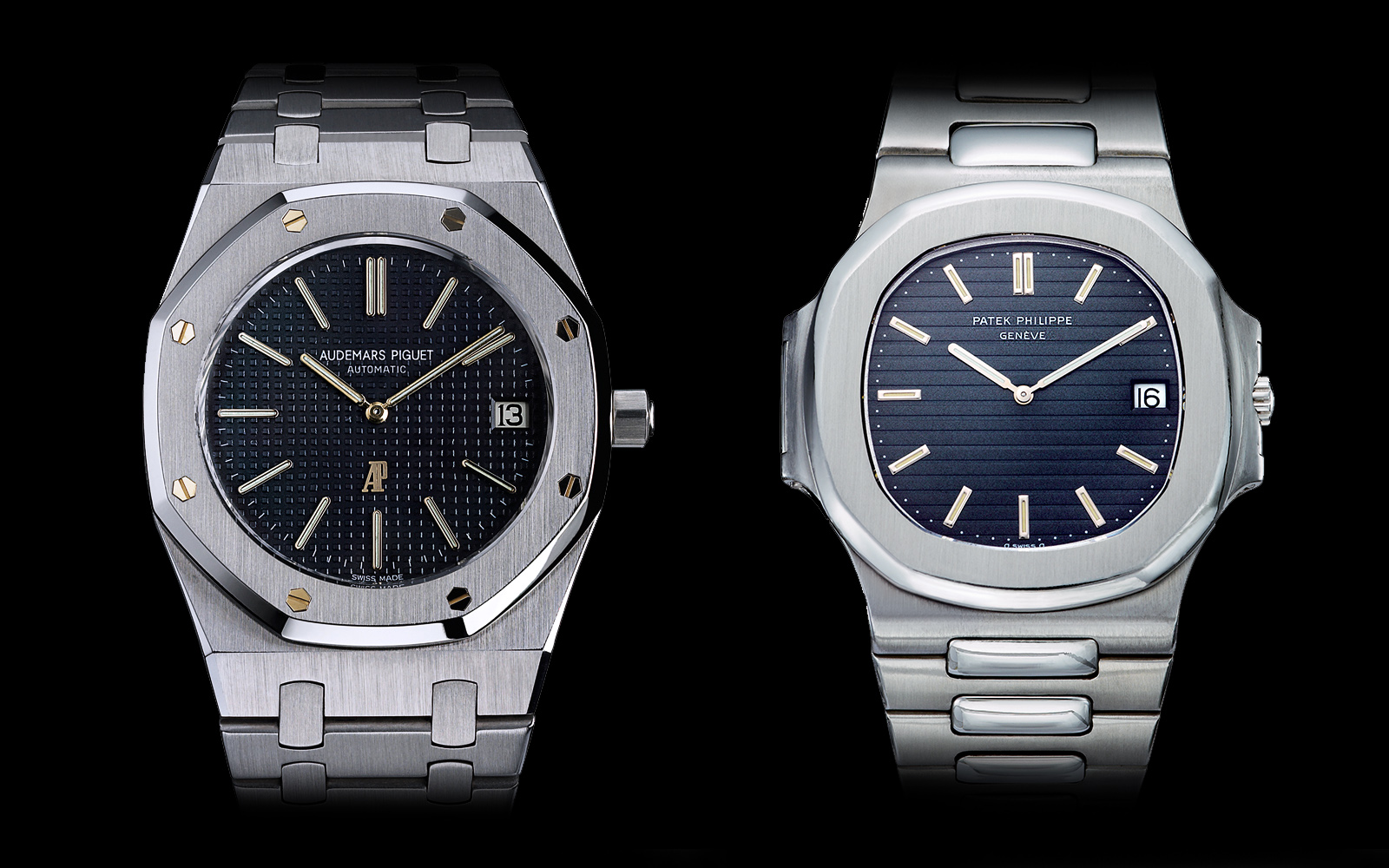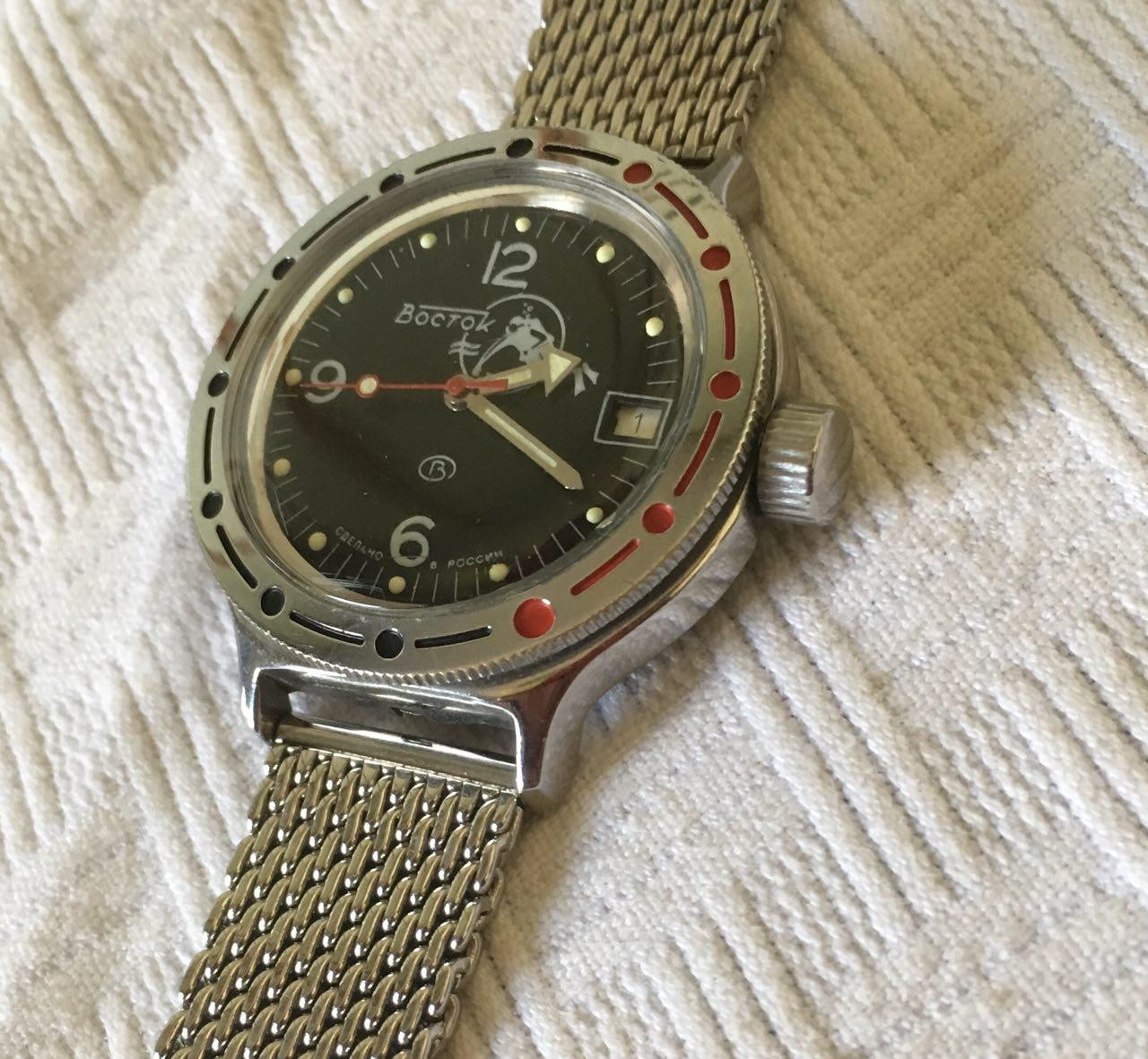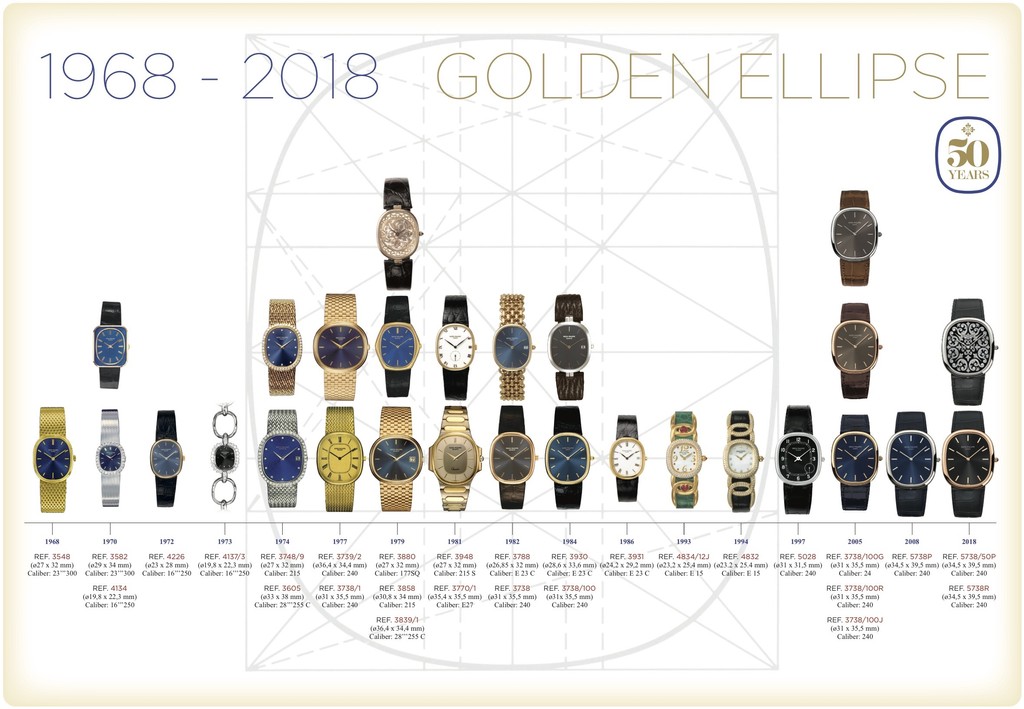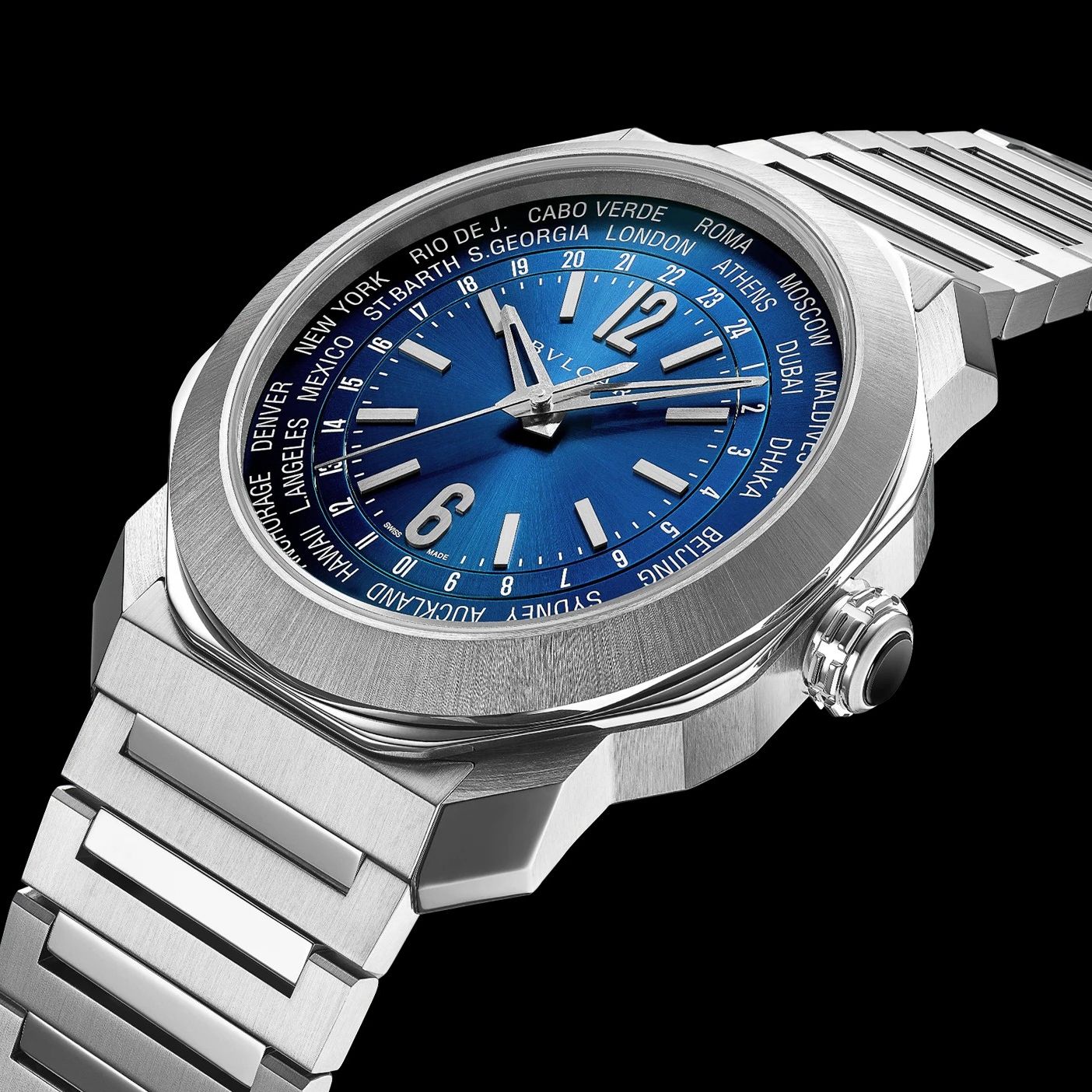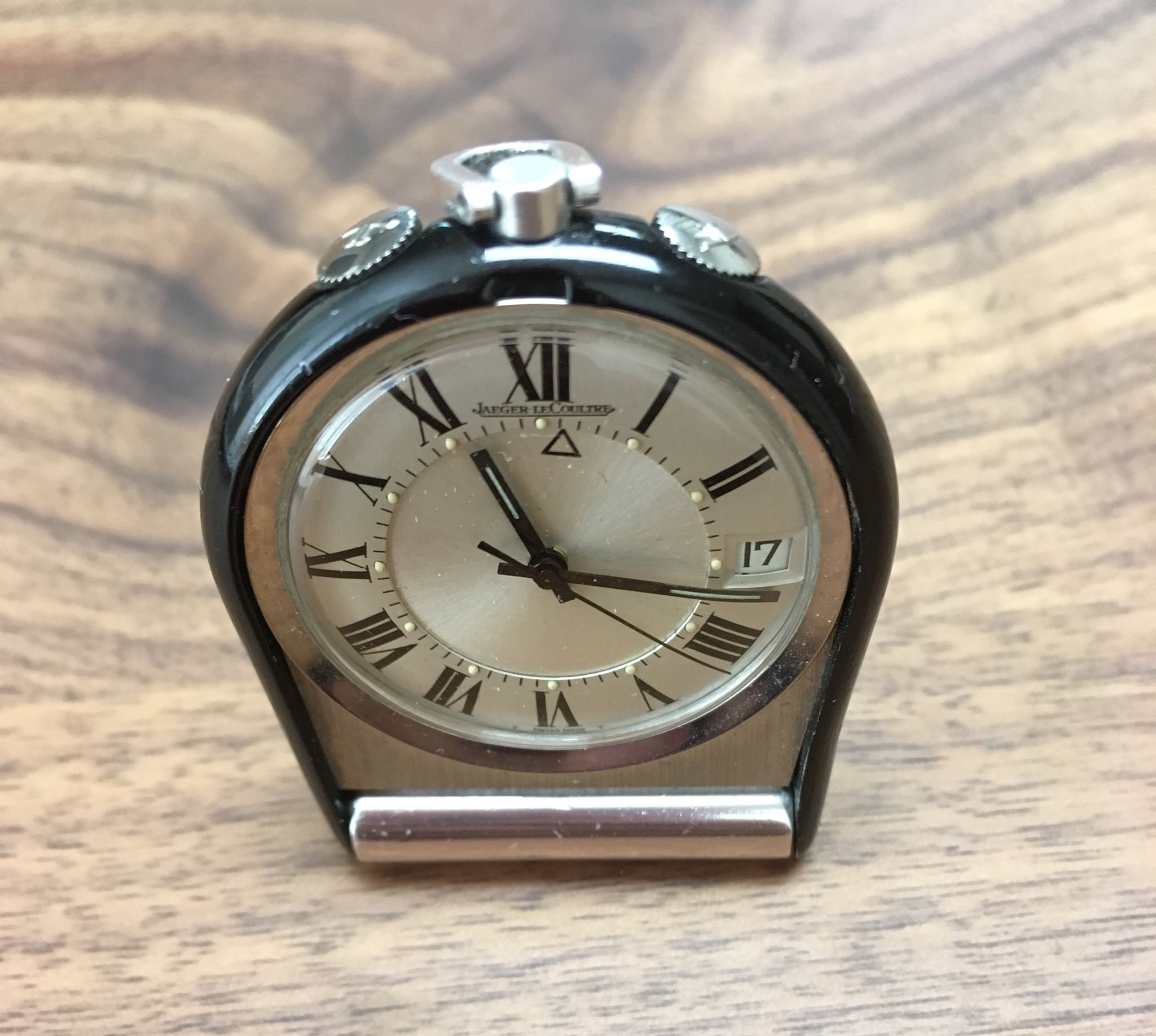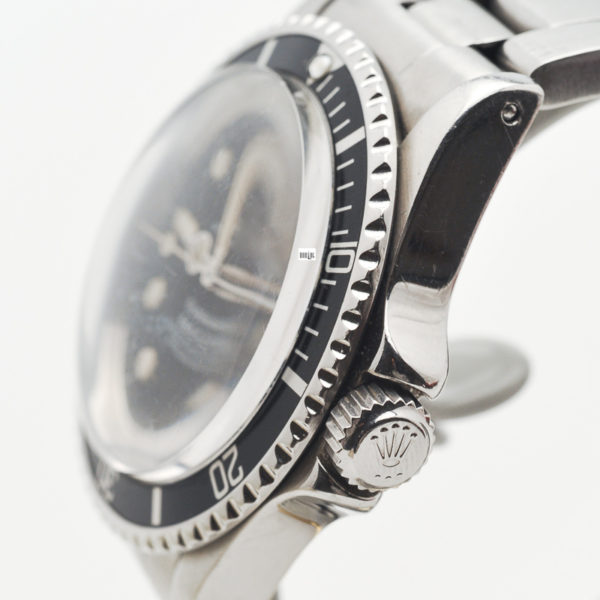Dr. N.
Seiko, the story you don't expect
Seiko it is a name that is not usually associated with mechanical watchmaking. In reality, the Japanese company has a long and illustrious tradition in the field of mechanical watches, both automatic and manual winding.
Its origins date back to the late XNUMXth century, and it is today among the protagonists of the great world watchmaking.
Let's discover the history and secrets of this illustrious company together.
The beginnings
The expedition of Admiral Perry in 1853 forced the opening of the Tokyo bay to foreign trade (then known as Edo), thanks to the military superiority of its "Black Ships", as the Japanese western gunners are called by the astonished. It is a real cultural shock for feudal Japan, which is forced to modernize in order not to succumb to the colonial powers.
Having overcome the resistance of a society strongly tied to tradition, the Emperor imposes the line: to industrialize at any cost. The result is one of the most radical transformations ever: an agricultural and isolationist country quickly becomes an industrial power projected towards the export of its goods and the expansion of its domains.
An essential part of the productive effort is the creation of a watch industry. As seen in the article on Soviet Russia, timepieces are essential tools for an advanced industrial society: they allow you to measure production times, synchronize the rhythms of railway lines, organize work in the factory, and much more. It is therefore not surprising that in 1881, in Tokyo, for two decades the capital of the Japanese Empire and the driving force of modernization of the country, a XNUMX-year-old businessman, Kintaro Hattori, opened a shop dedicated to the repair and sale of table and wall clocks. . From this modest beginning, a company was born, destined to become a watchmaking giant.
In the following decade, Hattori becomes a factory where he makes his own watches, rather than simply repairing and selling those of others, and begins to use the name Seiko.
In 1895, Seiko produced the first pocket watch. In 1913, the company managed to achieve a level of miniaturization of the components such as to be able to make its first wristwatch. In the years between the two world wars, the production of Seiko timepieces underwent great development, also thanks to state orders: a Seiko pocket watch was in fact chosen as official equipment by the Japanese State Railways. Locomotive drivers make it a habit to engrave, in the wooden dashboard of their driving positions, a compartment shaped to be able to rest their pocket watch and consult the time at any time without distracting themselves from driving.
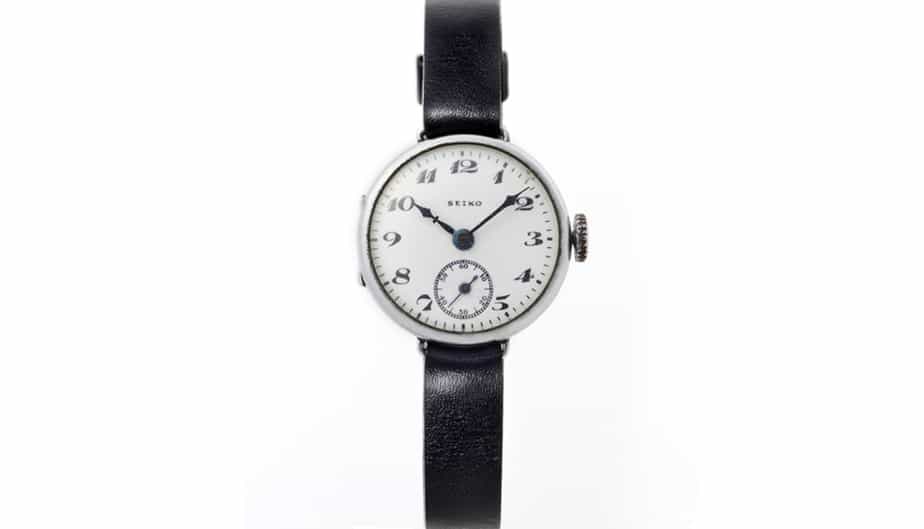 The first Seiko branded wristwatch, dating back to 1924.
The first Seiko branded wristwatch, dating back to 1924.
The great successes of the post-war period
After the Second World War, the Japanese economy is experiencing rapid expansion, due to the reconstruction and the strategic need of the United States to create an economically strong bastion to combat the Moscow-Beijing axis: similar needs lead to the choice to reindustrialize, on the other hand Eurasia, Germany and Italy. Seiko also benefits from this period of great development of the Japanese economy, and contributes to it by introducing models of great success at home and abroad.
It is in fact in 1959 that the Gyro Marvel was presented, a mechanism that allows the rotor to load the barrel spring by rotating in both directions, and therefore making it easier to maintain the charge in conditions of poor wrist movement.
The following year, however, the production of another great success of the Japanese company began, the Grand Seiko line. This was born with the intention of producing a watch of the highest quality that can be reached with the means available to the company, and remains today a symbol of discreet refinement for many admirers scattered throughout the countries. The Grand Seiko confirmed their potential very soon, with excellent placements in Swiss timekeeping competitions.
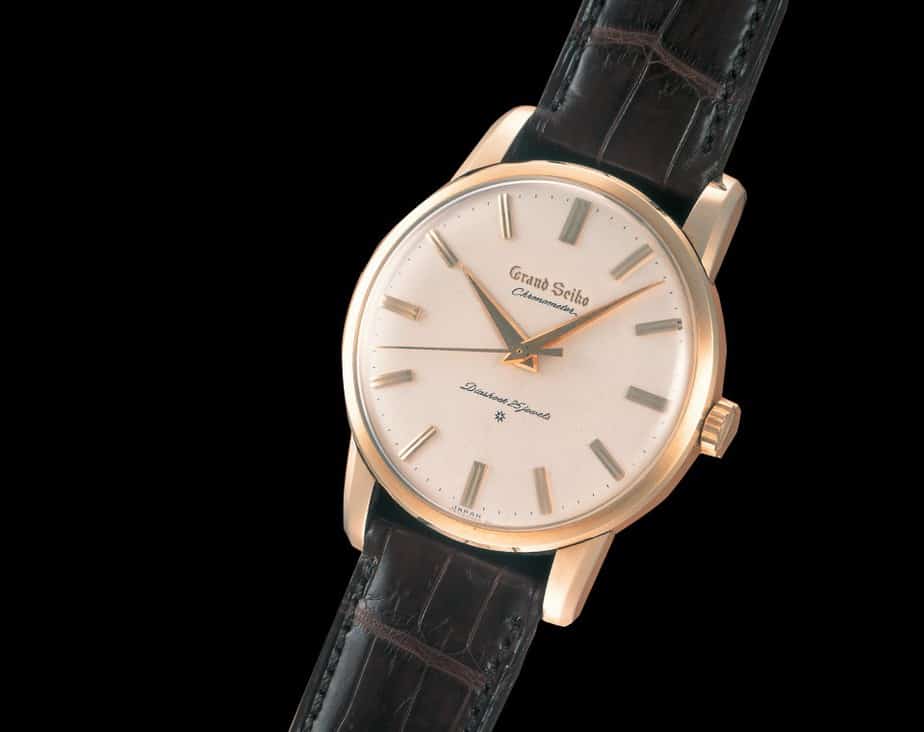 The first Grand Seiko, made in 1960.
The first Grand Seiko, made in 1960.
In 1969, Seiko reached an exceptional milestone: it was the first company in the world to market an automatic chronograph. As seen in the article on the race to create the first self-winding watch with a chronograph function, between Seiko, the Doubois-Depraz consortium, Buren, Breitling and Heuer, and Zenith, it is the latter that achieves the coveted title of winner , with the famous El Primero. However, we cannot overlook the fact that Seiko is the first to put its model on sale, and it manages to produce it in large numbers despite the quartz crisis. The reason Seiko is rarely mentioned when it comes to automatic chronographs is, paradoxically, due to Japanese work culture. While the Swiss counterparts continue to produce the Zenith El Primero equal to itself - undoubtedly stimulated in this choice by the exceptional primal qualities of this extraordinary caliber, which twenty years later will be considered by Rolex worthy of being included in one of its great classic, the Daytona -, the Seiko 6139 is continuously updated and improved, to adapt it to technical advances. This prevents the formation of a production tradition comparable to that of the Swiss calibers, as today's Seiko automatic chronographs feature constructively different calibers compared to the 1969 original.
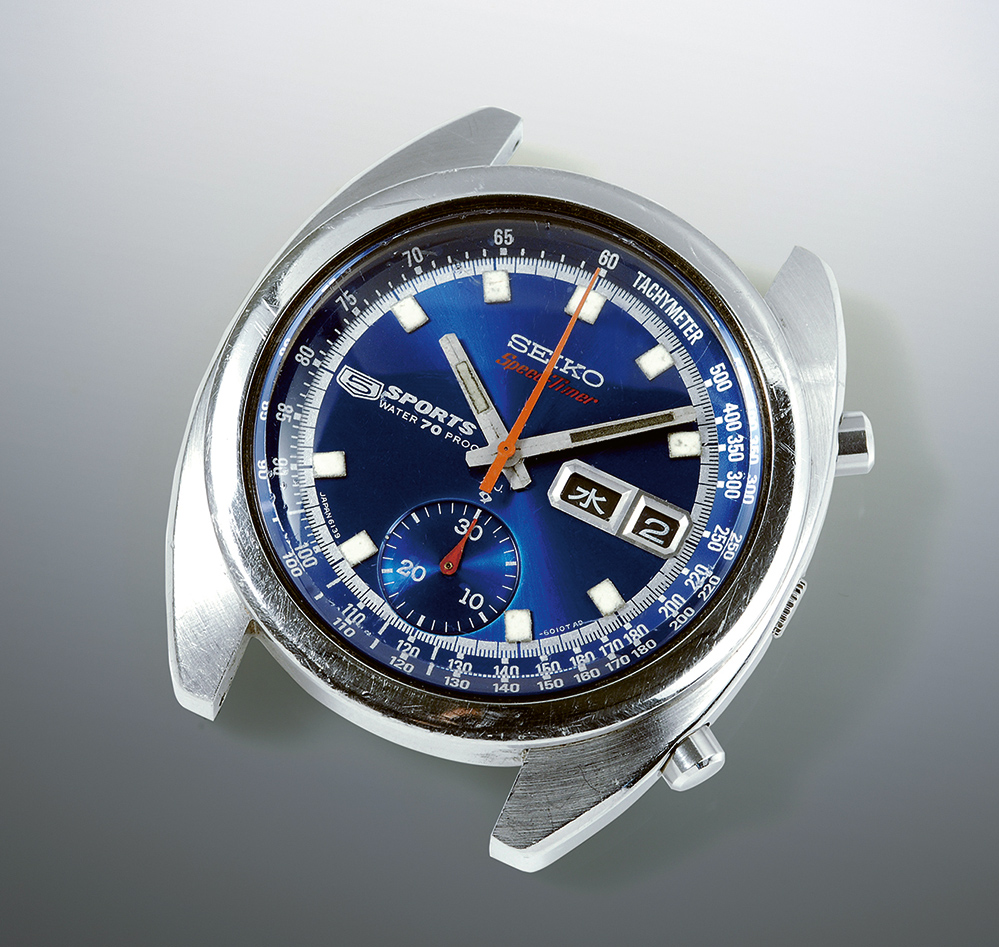
Also in 1969, Seiko introduced the first successful quartz watch, the Astron. It is a real revolution: the radically superior precision and autonomy compared to mechanical watches will put the Swiss watch industry in crisis in the following decade. Although Swiss Bulova is the leader in marketing the first watch whose running is regulated by an electronic oscillator, Seiko is credited with having created the first watch with a quartz crystal regulator, a technology that, although initially expensive - the first Quartz watches have gold cases and cost like cars -, it soon became easy to produce, to the point of being the cheapest, most accurate and widespread method of measuring time in the world today.
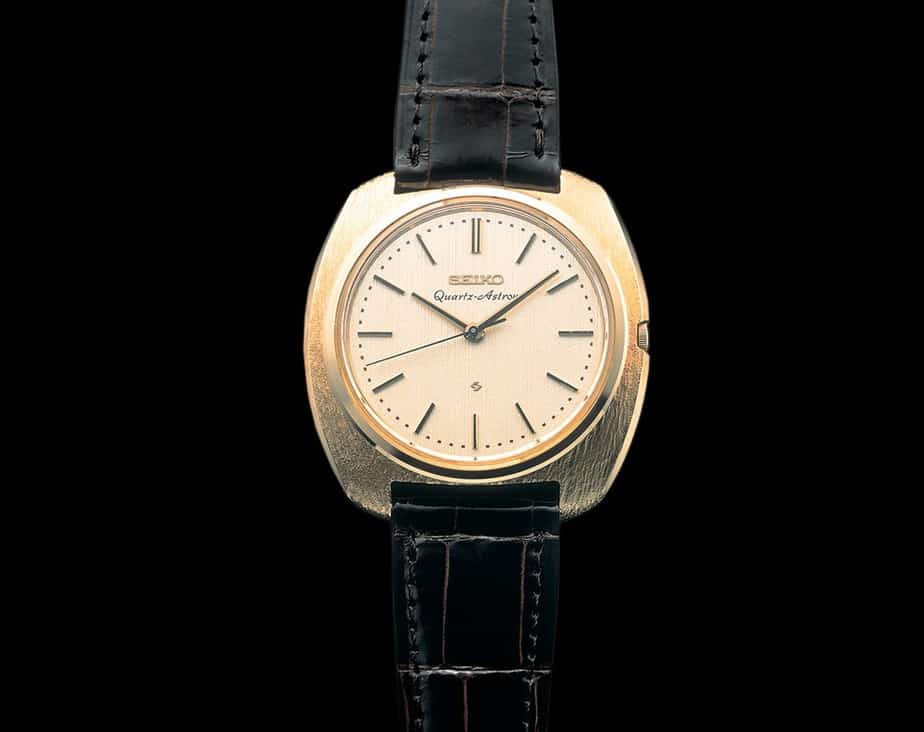
Seiko today
Thirty years after starting the Quartz Revolution, or Quartz Crisis as it is called by Swiss watchmaking enthusiasts due to the numerous companies that have been forced to close by competition from new electronic timepieces, Seiko proposes a further innovation aimed at to discuss. It is the “Spring Drive” technology, presented in 1999. The watches equipped with this innovation are normal automatic mechanical watches, in which the winding takes place thanks to a traditional rotor, but with an electronic speed regulator instead of the normal balance wheel. Downstream of the regulator, the movement returns to its usual appearance, with the rest of the gear train moving the hands. A Spring Drive watch does not require battery changes, drawing the energy it needs to operate from the wrist movement like an automatic watch, but is equipped with the precision of a quartz watch. The second hand, unlike what happens in a mechanical watch, does not have a motion characterized by five or ten clicks per second, nor does it advance with single clicks of a second as in traditional quartz watches, but it is perfectly fluid in its rotation. , with no visible snapshots. This happens because the regulator acts by continuously braking the gear train that the winding spring tends to accelerate.
It is difficult to say whether the Seiko Spring Drive can be considered a mechanical movement. The answer is probably negative, as motion regulation relies on electronics. However, it is undoubtedly a unique movement, the creation of which was possible thanks to Seiko's experience in the mechanical and electronic watchmaking field.
Conclusions
Seiko is today among the largest watch manufacturers in the world. Its strategy is to cover the economic market segments with the Seiko and Orient brands, the medium ones with the Seiko brand only, and to reserve the high end to the Grand Seiko.
Many do not like this brand, believing it to be responsible for the serious Quartz Crisis that many historical realities of Swiss watchmaking have decimated. In reality this approach is unrealistic: the quartz technology would have been developed anyway, and the Swiss houses themselves have created very successful quartz movements. Indeed, it is fair to recall that, thanks to the revenues obtained from its popular quartz models, Seiko has been able to maintain the production lines of mechanical timepieces, also in the luxury sector with Grand Seiko.
A curiosity: the name "Seiko" means "Success", and was chosen by the founder because it was considered good luck. It is possible without fear of denial to say that Hattori's wishes have fully come true.

